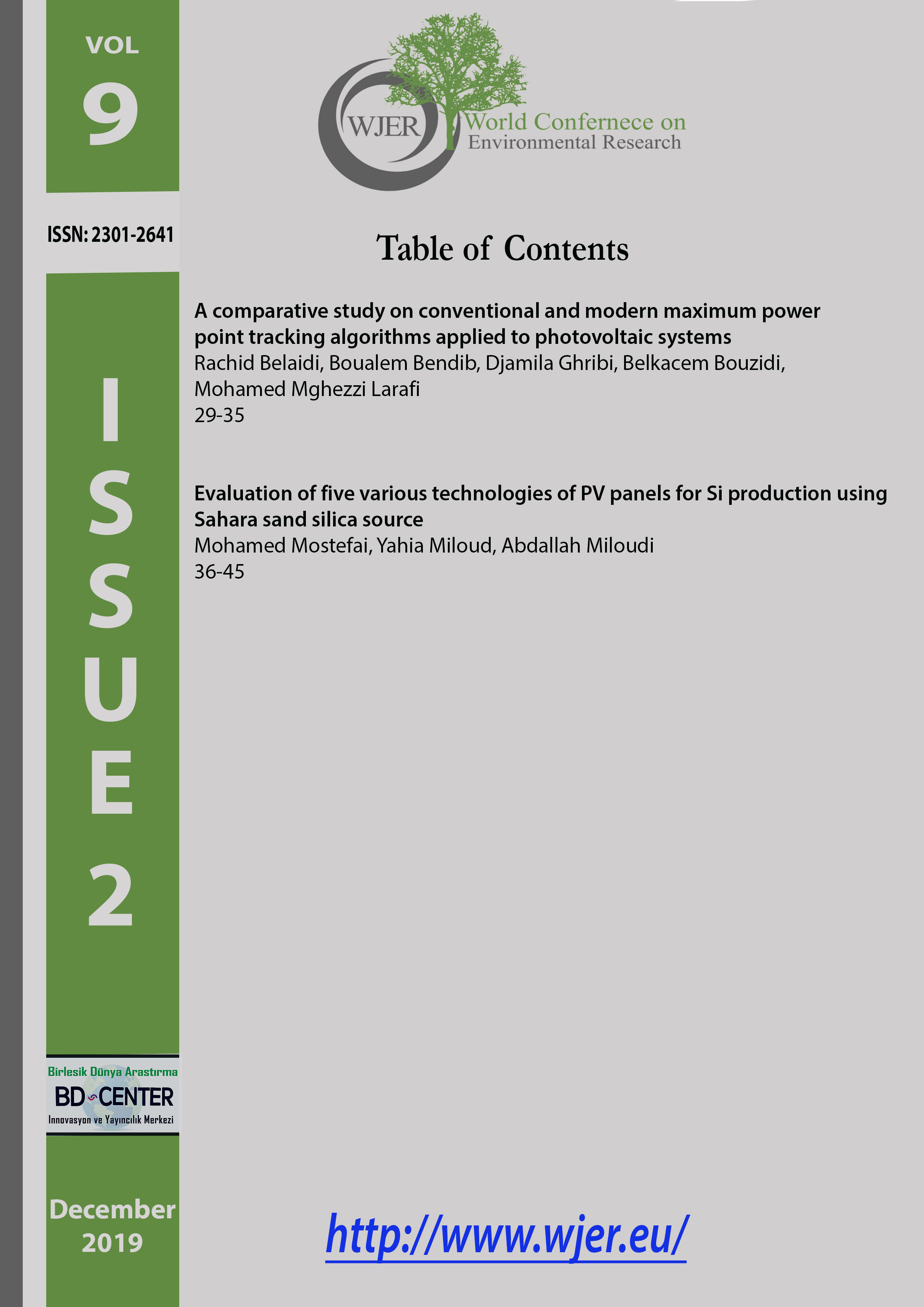
World Journal of Environmental Research
Yazarlar: Muhammet Gunes, Hatice Oznur Oz, Hasan Erhan Yucel
Konular:-
Anahtar Kelimeler:Fly ash,Glass powder,Mechanical and durability properties,Self-compacting mortars .
Özet: The current study experimentally investigated the effect of glass powder on the mechanical and durability properties of selfcompacting mortars (SCMs). SCMs were designed with a low water/binder ratio as well as the high binder content. In this study, fly ash and glass powder can be used instead of cement to obtain the sustainable concrete and waste management control. At first, control mixture was produced with cement and fly ash without glass powder. Then, glass powder was used on the proportions 5%, 10%, 15% and 20% instead of fly ash in SCM. Compressive strength and flexural strength tests were conducted at 28 and 56 days, respectively. To determine durability properties, water sorptivity and rapid chloride permeability were tested at 28 and 56 days, respectively. Test results indicate that glass dust added to SCMs instead of fly ash improved partially the mechanical and durability properties of the mortars.